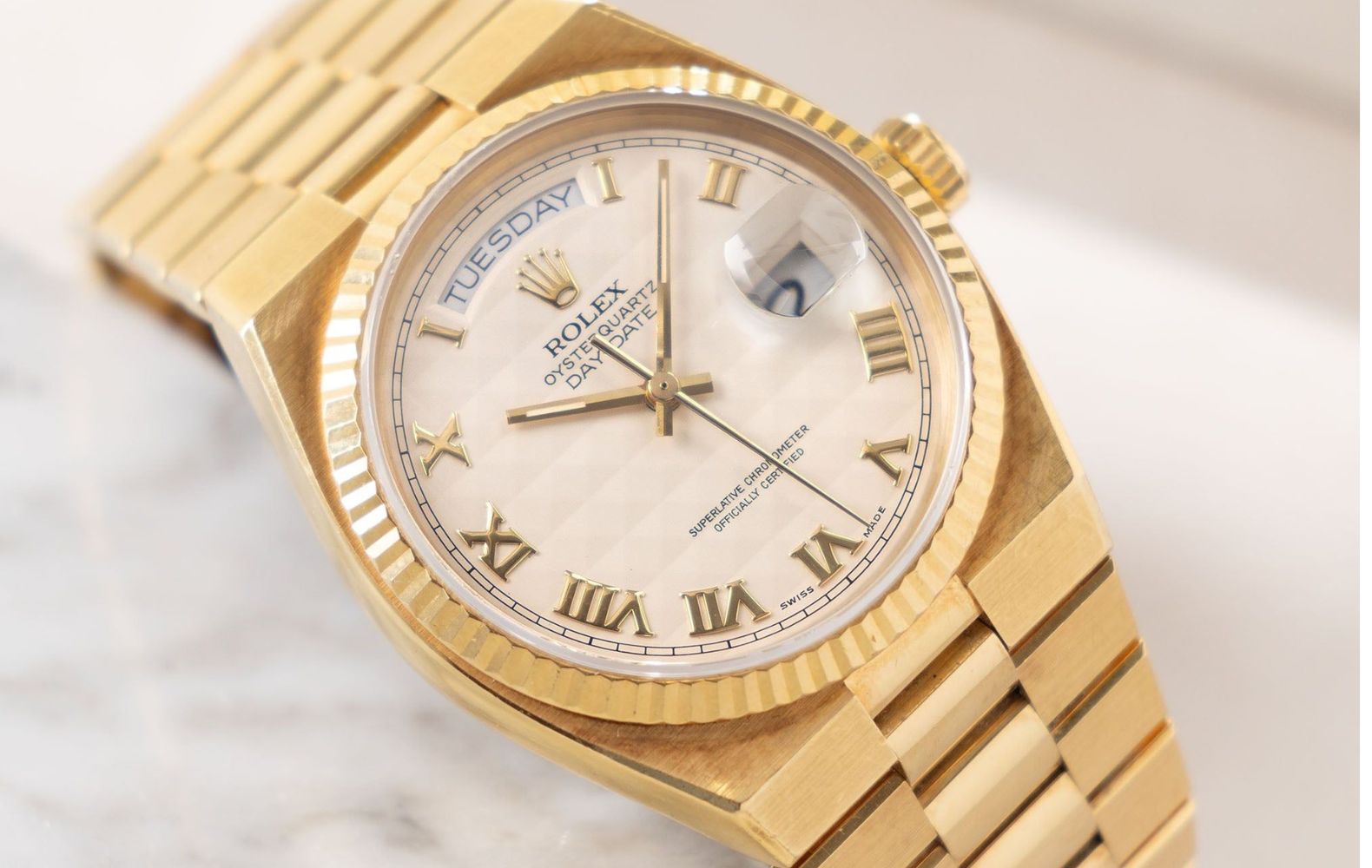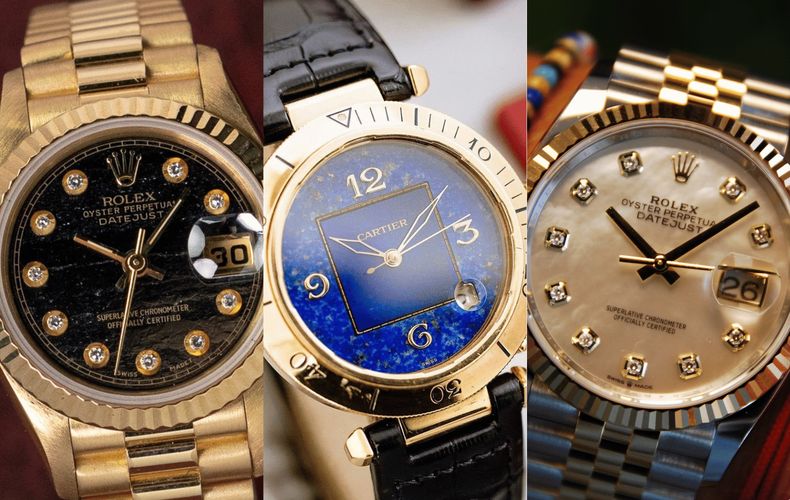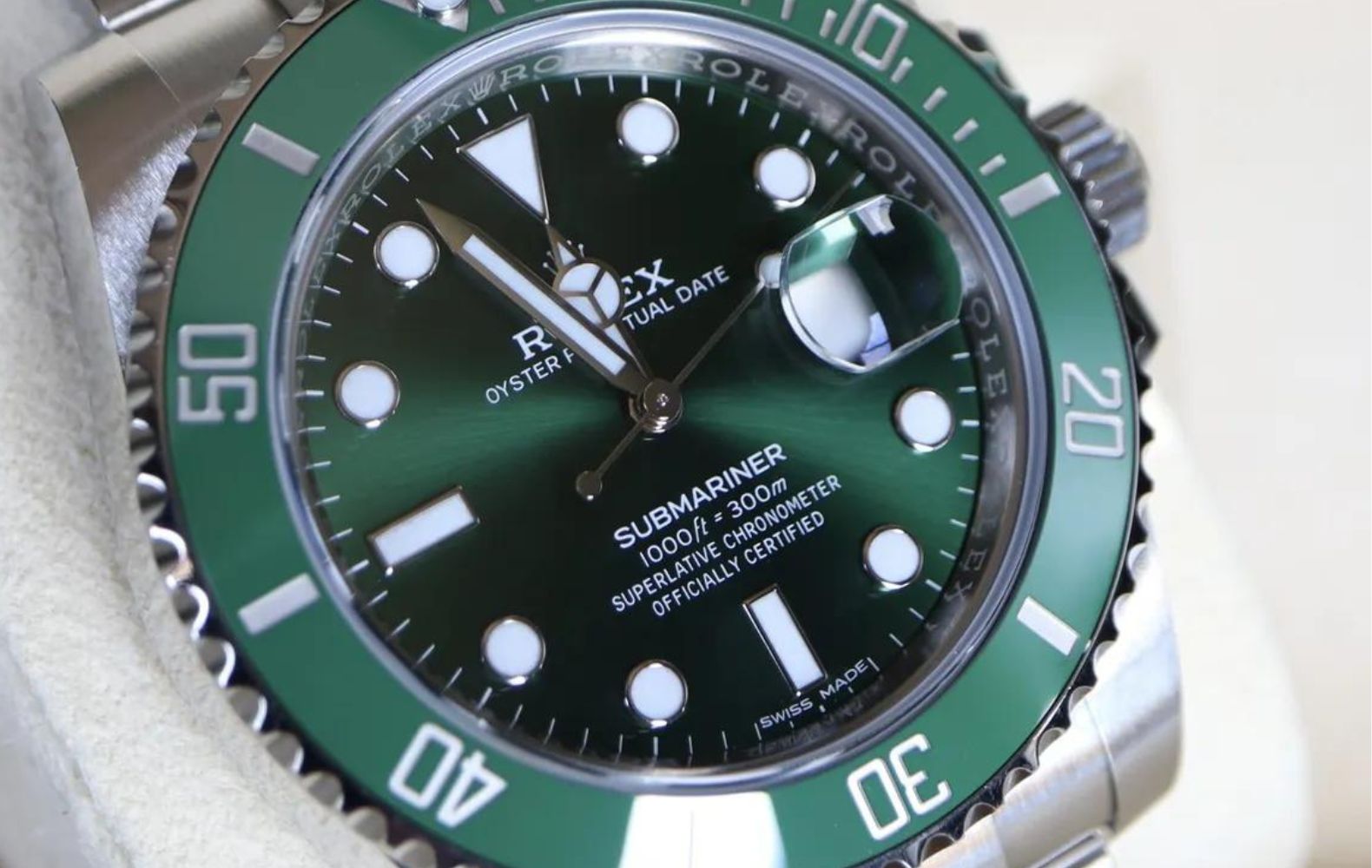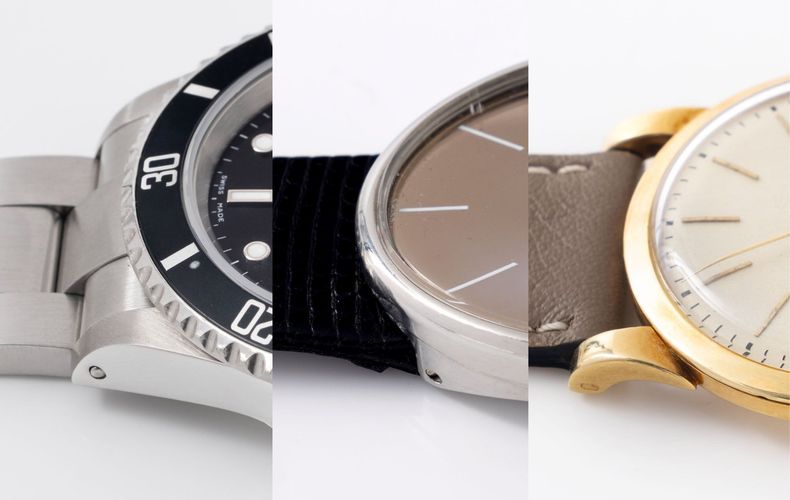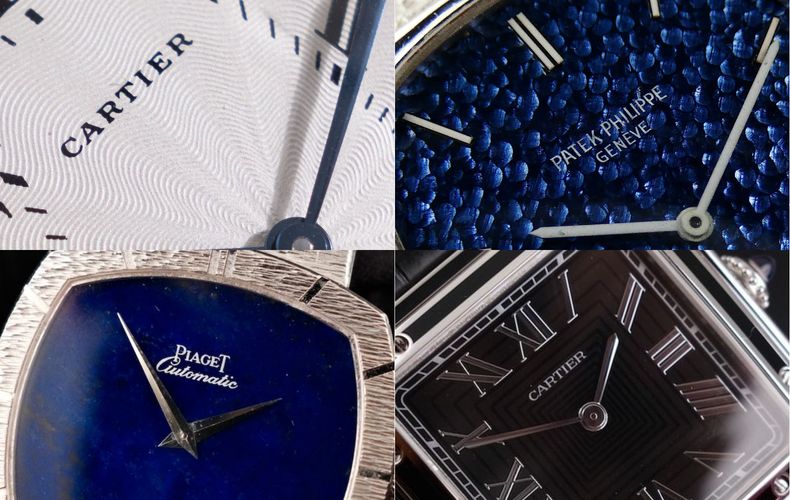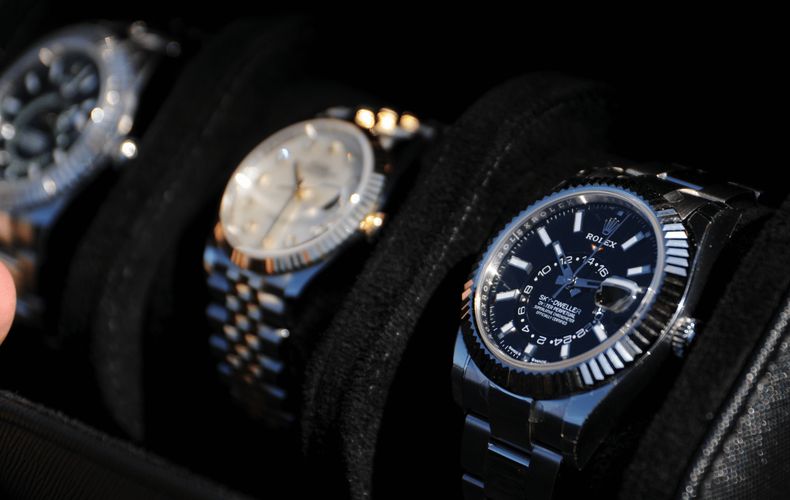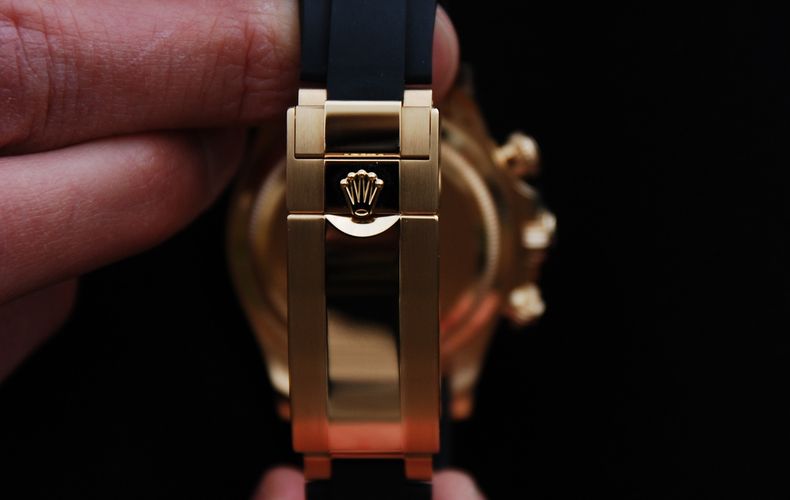Design Evolution
Rolex watches have undergone significant changes over the years, reflecting shifts in both style and technology. Let's explore how these iconic timepieces have evolved.
Style and Aesthetics
You'll notice that older Rolex models have a more understated charm. They're smaller, typically around 34-36mm, giving them a classic, elegant look. Modern Rolexes? They've bulked up, often hitting 40-42mm. It's like they've been hitting the gym!
The bezels have changed too. Vintage sportmodels often sport acrylic or aluminum bezels, while newer ones flaunt ceramic. It's like going from vinyl to digital - both have their fans. And don't get me started on the dials! Older ones have this cool patina that develops over time. New ones? They're all about that crisp, clean look.
Case and Dial Changes
Pop open the hood, and you'll see even more changes. Older cases were less water-resistant - fine for a splash, but you wouldn't want to go diving. Modern Rolexes? They're built like submarines. You could practically live underwater with some models.
Dial designs have gotten bolder too. Vintage pieces often have simple, clean dials. Think Datejust or Air-King. New models? They're not afraid to show off. The Sky-Dweller's busy dial is a far cry from its ancestors.
Lume has come a long way too. Old Rolexes used radium, then tritium. Now? It's all about that Chromalight. Your grandpa's Rolex might glow for an hour. Your new one? It'll light up the room all night long.




